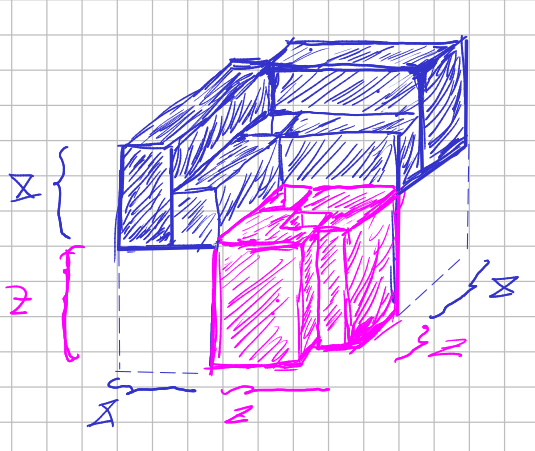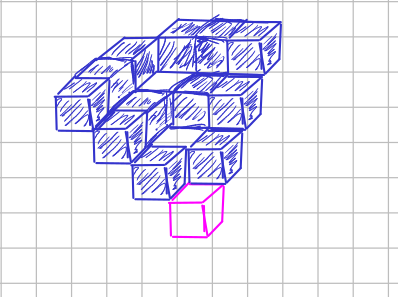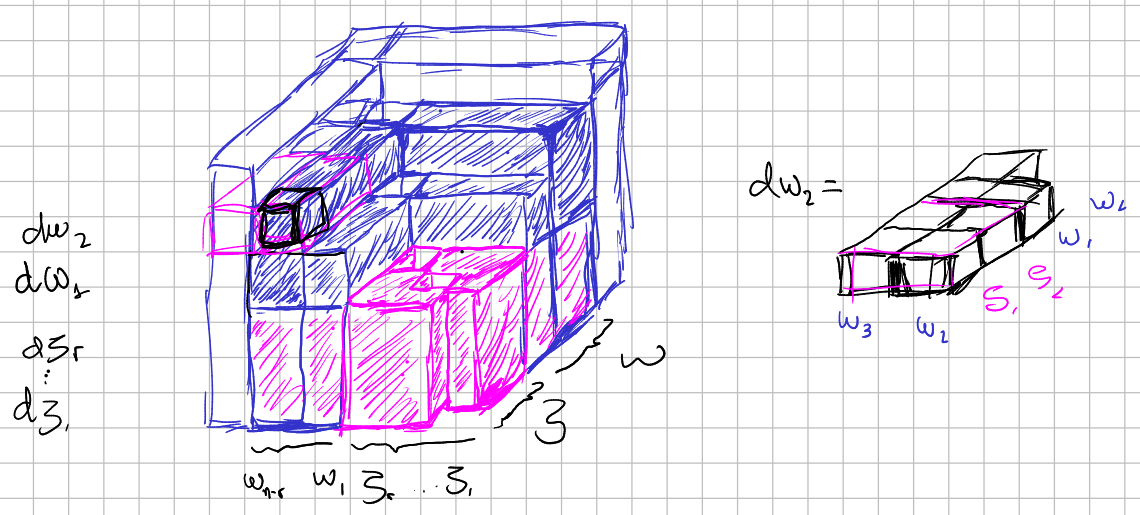cinf-structures
Let
for
is a set of independent vectors for any and for every . - The vector field
is a -symmetry of the rank distribution , for every .
They remind me the idea of flag: we have in
La existencia de una
Shorter definition
An ordered collection of vector fields
has constant rank
Visual scheme for the coefficients of a cinf-structure
The brackets of the vector fields

If the cinf-symmetry of distribution are in evolutionary form (in the sense of shuffling symmetries) the picture would be

In the case of an ODE and a lambda-symmetry in canonical form the picture would be :

And for an ODE with a cinf-structure in diagonal form (that is,

These pictures are the same for the cinf-structure of 1-forms. You have to take into account the result in the note coframe on a manifold that relates the brackets of the frame with the exterior derivative of the coframe.

For the coefficients see also [xournal 129] page 2.
See also cinf-structure-based method